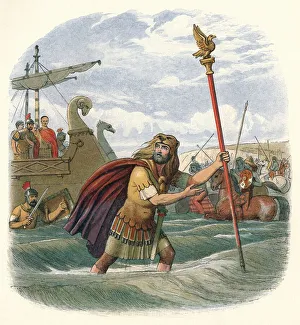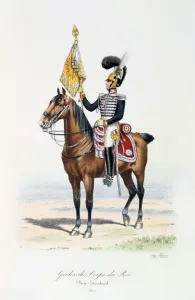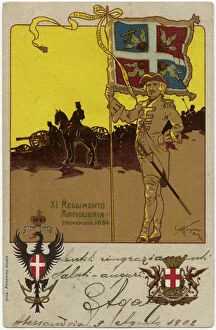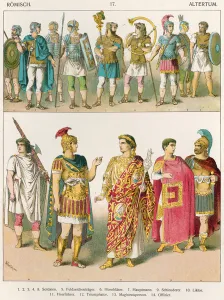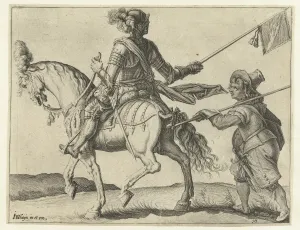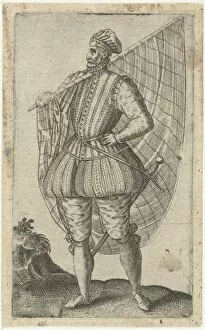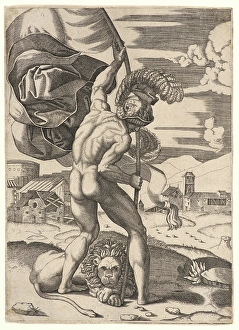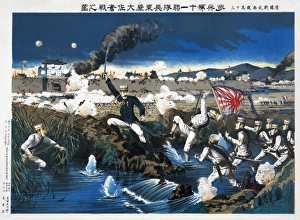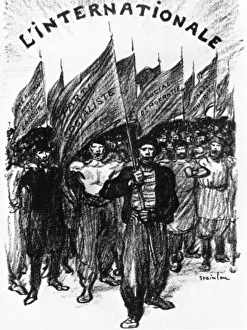Standard Bearer Collection (#3)
A standard bearer is a symbol of honor, courage, and loyalty throughout history
All Professionally Made to Order for Quick Shipping
A standard bearer is a symbol of honor, courage, and loyalty throughout history. From the Soldiers of the 15th Ludhiana Sikhs proudly carrying their flag in battle to the Interior of the Eyup Sultan Mosque in Istanbul where a standard bearer stands tall amidst devotion, these individuals have played an integral role. In the midst of The Crusades during the 12th century, a Crusaders army relied on their standard bearers to lead them into battle with unwavering determination. Matthias Pfenninger's illustration from 1764 depicts two soldiers - one standing holding a flag while another sits behind them, showcasing the importance placed on this role. Even in times of sacrifice and loss, as portrayed in "How a Standard-Bearer Died, " we see that these brave souls would give their lives for what they believed in. Their commitment was not limited to warfare alone; it extended to various regions such as Eastern Africa near Lake Nyassa where native types carried flags representing their tribes. The significance of standards can also be seen through Roman costumes depicted in colored engravings and Dupenvant's portrayal of a flagbearer. These images remind us that throughout different eras and cultures, there has always been someone entrusted with carrying these symbols high. During conflicts like those before Plevna or even modern-day crusades fought by General Skobeleff and his Standard-Bearer against Russian enemies, this position held immense responsibility. Engravings from Le Vocabulaire Illustre show how diverse languages recognize this crucial role - Porte-etendard (French), Standard-bearer (English), Fahnentrager (German). Lastly, let us not forget The ensign who represents unity among troops under one common cause or German Costume from 1500-1550 which showcases how fashion intertwined with military roles. Whether on ancient battlegrounds or within contemporary societies worldwide today, standard bearers continue to inspire awe and admiration.




